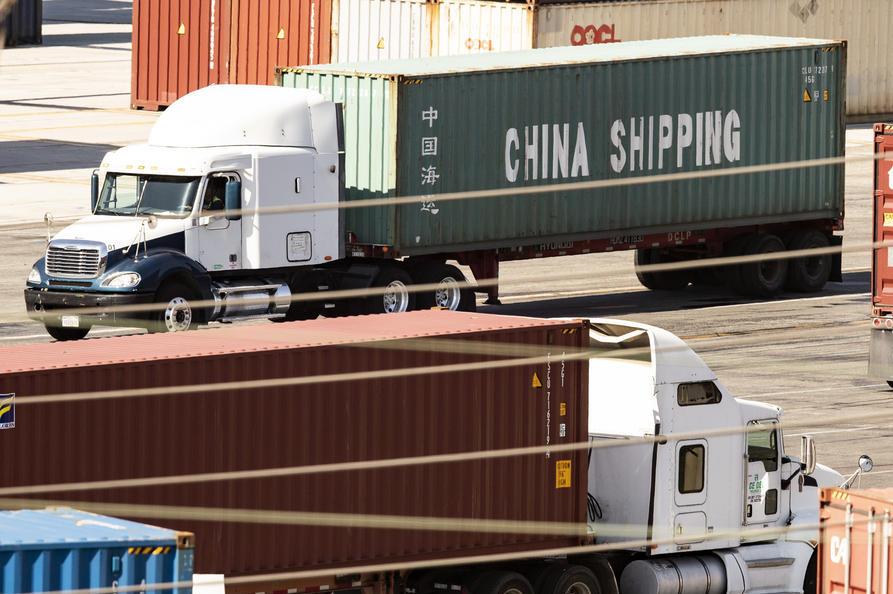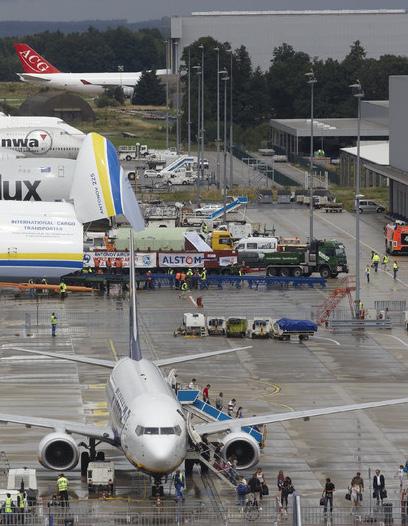
4 minute read
The Perfect Logistics Storm

CorporateDispatchPro
FRANCO AZZOPARDI – CEO OF EXPRESS TRAILERS
The Perfect Logistics Storm
2021 was meant to be the year of recovery as the world economy recaptures momentum thanks to improved vaccination rates and lower hospitalisations related to Covid-19 across the globe. Yet, 2021 seemed determined to not want to be undone by its predecessor.
While the virus originating from Wuhan could easily assume the image of the fictional monster ruining 2020, the situation is much more complex this time round. Retail outlets, restaurants and other service providers are finding themselves having to grapple with rising transport and logistics-related costs sometimes reaching up to 800%.
As often happens, when a big crisis hits home it is the result of a mix of situations – and that is what seems to have cooked the perfect logistics storm.
Although business in Europe has regained traction during the first half of year, surges in Covid-19 numbers in South-East Asian countries have necessitated new curbs which included the closure of factories not only in China, but also in major manufacturing hubs such as Vietnam, Malaysia and Thailand. A quick glance at the packaging of most consumer products that we purchase on a regular basis, from clothing to smartphones, from domestic appliances to fashion apparel will likely indicate such countries as their origin.
More than that, factories in such countries produce basic components, without which the rest of the process ends up completely stalled. Big manufacturers in Europe and the US are shutting down factories because of a lack of semiconductors. Apple stopped production of 10 million iPhone 13s due to chip shortages.
Ironically, all this happened practically over the same timeframe where consumer demand was rebounding in spectacular fashion.


CorporateDispatchPro
As countries opened up again, people began purchasing products again, having saved over US$5 trillion during the lockdowns.
Added to this, a severe worker shortage is grappling industrialized nations across the globe, particularly in the transport and haulage industry. The pandemic is partly to blame, with foreign-based workers seeking refuge to their home countries while disputes on working conditions kept adding to the pressure. Then, there was Brexit, which continues to haunt Europe, months after the conclusion of this complicated divorce.
More than 1.3 million foreign-born workers have left the UK since then, a period which covered both the pandemic and Brexit. At the same time, there are around one million vacancies in the country. While the UK Government still points at Covid-19, it is undeniable that foreign workers leaving the country are generally those from sectors such as the haulage industry, warehousing, hospitality, and food production.
Similar shortages are also being experienced in Germany and other European nations with many East European truck drivers and haulage workers leaving their jobs.
The lack of truckers and haulage workers at first meant that ships remained docked in ports. But as the problems grew, there was no space left in ports, and ships began to queue outside ports. This increased freight costs in a frightening manner, with the vicious circle seeing exporters holding off on shipping goods until they can get low profit margins. Importers, on the other hand, are also attempting to outbid one another, offering extra cash over-and-above already premium rates to ensure timely delivery.
To add insult to injury, these challenges posed by these three elements – supply side, transport and labour – are coming together to drive up inflation to unprecedented levels, with eurozone inflation hitting 4%, double the amount of the traditional reference rate sought by the European Central Bank.


CorporateDispatchPro

The big question facing the industry is how long this situation will persist. A survey carried recently among a group of global logistics leaders found that less than 40% could foresee improvement by the end of next year. The rest, look beyond. And even if by then the distribution issue gets better, there is no guarantee that freight rates will normalise soon, with shipping companies facing a gigantic task in decarbonising their huge vessels as the world pushes the carbon-neutral agenda on the industry.
With such a perfect logistics storm engulfing the world, disruption might be here to stay for a long time, and with businesses already considering how regional or local supply chains may be more resilient in such turbulent times, it might be high time to ask whether the biggest loser from all this drama is going to be globalisation as we know it.









